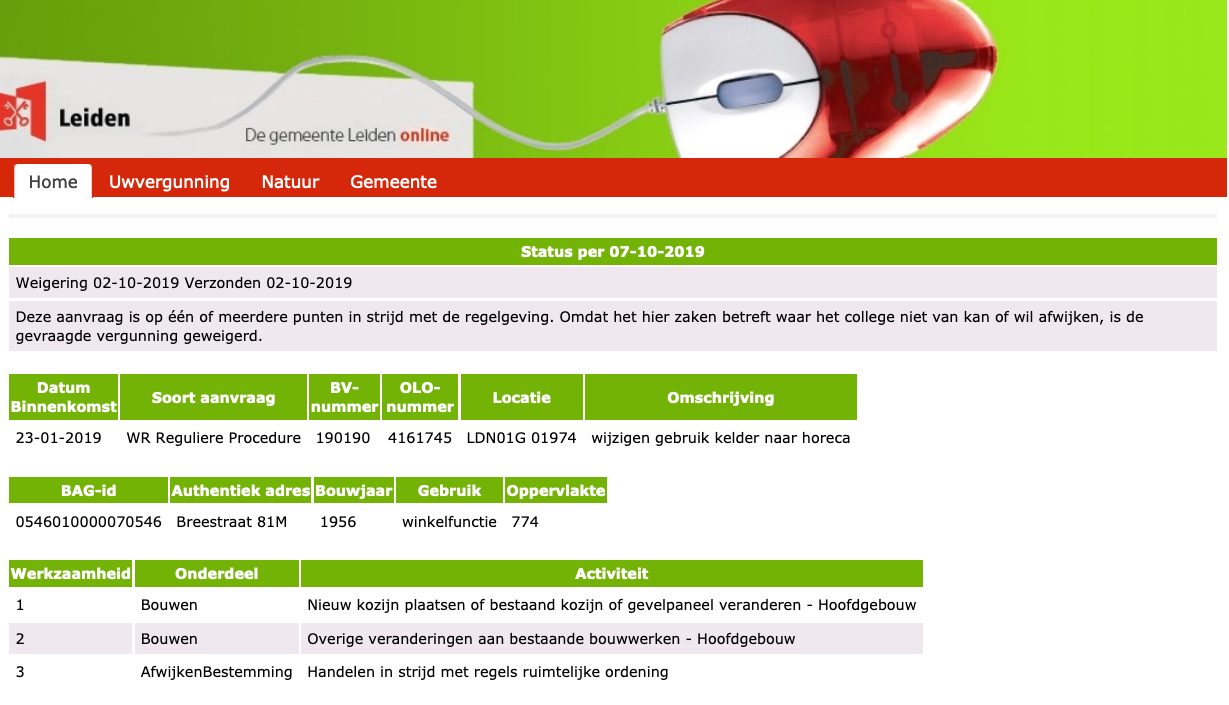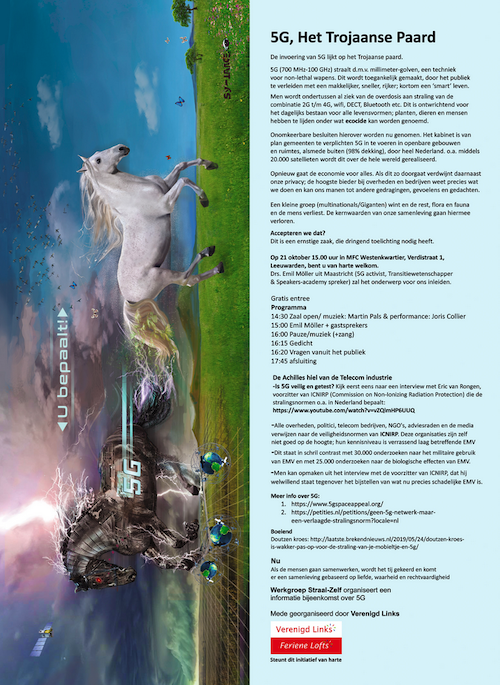Updates
A Ticket System for Government (Or: Let’s Finally Give the Ombudsman Teeth)
The ombudsman, as it stands, is a shark without teeth. It cannot even smell a scandal if it was bleeding before their eyes — can’t sense, can’t bite, can’t act, can’t fix. It’s a watchdog with no jaws. So let’s give it an upgrade or even better give the government such an upgrade that Ombudsman loses the necessity for their entire existence.
This isn’t some grand ideological revolution. It’s just a silly idea for a public ticket system. Silly, but powerful.
Imagine a civic ticket system — not buried in obscure forms, not locked in back-office email chains. Just like an internal help-desk, but for governance. Public, structured, traceable. And smart.
This is what it looks like.
Core Idea
Citizens should be able to report issues publicly — not buried in anonymous inboxes, not hidden behind “ongoing investigation” seals. People already talk about public issues. If people can talk about public issues with their friends, why can’t they track them together too?
A government ticket system could work just like internal systems in IT or customer service — but with a civic twist.
This is not a place for endless debate. It’s a structure to frame problem → proposal → response, cleanly and traceable.
This system proposes a transparent, iterative problem-solving interface where AI is used not to obscure, but to clarify.
The System: Public, AI-Structured, and Transparent
The system is made up of 4 stages — and yes, it uses AI — but only as a tool to help people sharpen what they’re already saying.
Every issue goes through this cycle:
1. Problem Description
a) Citizens submit an issue.
b) The AI cleans up the language, consolidates overlapping inputs, and upgrades the coherence of the report.
c) A public change-log shows the input that evolved the description — all steps visible, all input attributable.
2. Proposed Solution
a) Based on the refined problem description, the AI drafts a solution or possible action path.
b) This is visible to the public as a formal response — no magic, just structured reasoning.
c) This is not a decision. It’s a draft — structured logic, not authority. Only advice.
3. Critique Layer
a) Citizens respond to the proposed solution — a structured challenge to the proposal..
b) Their remarks are also structured by AI — not censored, but upgraded for clarity and grouped by theme or angle.
c) Again, change-logs and input trails are visible. No anonymous edits. No hidden manipulations.
d) in a sense this is the same as step 1 (problem description)
4. Upgraded Solution
a) The AI integrates valid critiques and proposes a refined version of the solution.
b) This is the “feedback-reinforced” stage, where the system attempts synthesis, not endless argument loops.
All stages remain visible — including abandoned tickets, failed resolutions, and ongoing ones. This creates a living public record of issues and proposed governance responses.
This is the synthesis. 1 = 2 + 3 = 4.
Why This Matters
- It forces clarity and traceability. No more vague complaints floating in chaos.
- It turns public input into a collaborative upgrade process.
- It shows which tickets are being handled, stalled, ignored — in plain sight.
- It makes every AI edit accountable, not mysterious.
- It doesn’t replace the ombudsman — it arms them.
Business Model? Sure — But Keep It Public
Yes, this is a product. But no, it shouldn’t be commercialized. This is civic infrastructure. It belongs to the commons.
It could be sold to municipalities, NGOs, or transparency coalitions — but that defeats the purpose.
Build it, release it, and let it run at zero cost. The public has already paid for enough systems that don’t work. This one should.
The value lies not in monetization — but in legitimacy.
Expanded Use: From Complaint Board to Administrative Operating System
What starts as a feedback tool can evolve into a complete civic engine. The system can scale:
- Reported Issue
- Processed Issue (by a public servant or automated filter)
- AI-generated remark on process adequacy (4-stages again)
- Re-open option if resolution was insufficient (4-stages again)
- Cross-department visibility and workflow mapping
- The ticket can go through different departments and the work of each department remains visible.
Each issue flows like a case file, but it’s public-facing and structurally transparent. Departments can adopt the system internally. Citizens and officials see the same state of the case. Updates are traceable.
With enough refinement, this system could even approach pre-judicial arbitration or replace lower-level administrative courts — especially for predictable, repeatable types of disputes (benefits, housing, permit denials, etc.).
At some point a judge and lawyer can then bend over the case after it went through these 3 steps.
Design Philosophy
- Public by default.
- AI-enhanced, not AI-obscured.
- Built around iteration, not resolution-hiding.
- Input is traceable. Reasoning is legible. Logic is public.
- Not built to silence citizens with forms — but to cohere chaos into clarity.
Potential Impact:
If deployed at scale, this would:
- Reduce performative complaint culture (“I ranted online!”) in favor of traceable input.
- Provide oversight journalists and watchdogs with live case data.
- Offer civil servants a way to separate noise from signal.
- Create longitudinal accountability: we’d know what failed, what improved, and why.
- We can track government efficiency through details such as backlog and amount of re-opened cases
Final Thought
Let’s stop treating public concern like noise.
Let’s give it a ticket.
Let’s give the ombudsman jaws.
Give people a way to speak clearly. Let the problems stay visible. Let the fixes be criticized. Let the system evolve in full view.
Democracy doesn’t die in darkness — it suffocates in forms. We’ve normalized arbitrary bureaucracy and opaque complaint systems. But the technology to upgrade them exists. All we’re missing is the will — and the will can be crowd-sourced.
Written by Artorius Magnus
https://tinyurl.com/laconic-utopia World-Peace suggestions @250 articles highschool dropout-autodidact (unofficially 5+ PhD's).
Steun KNLTB en tennisverenigingen in Almere
Vanavond overleg gehad met de KNLTB en andere tennisverenigingen in Almere. Natuurlijk melding gemaakt van deze petitie en van zowel de KNLTB als alle tennisverenigingen in Almere steun gekregen voor ons verzoek.
Gezamenlijk kunnen we gemeenteraad overtuigen om tennis en padel in Almere Poort zo snel mogelijk te realiseren.
Wim Klomp, Tennisvereniging Het Nieuwe Land.
Al 401 handtekeningen!
Veel dank voor jullie steun: in nog geen 24 uur is de petitie tegen woningbouw op het Bosje Voordaan in Groenekan meer dan 400x ondertekend. Een fantastisch resultaat! We brengen het in bij de gemeentelijke inspraakavond overmorgen, en zorgen dat de petitie wordt aangeboden aan gemeente De Bilt - met zoveel mogelijk handtekeningen - voordat de raad op 31 oktober een besluit neemt over nieuwbouw..
De flyer voor 21 oktober in Leeuwarden
Leiden weigert de vergunning
De aanvraag is in strijd met de regelgeving. Het college wil hier niet van afwijken en daarom is de gevraagde vergunning geweigerd.
Bron: vergunningen.leiden.nl
zoek op Langebrug 12A en in de resultaten kies BV-nummer 190190, datum 2 oktober 2019.

REACTIE PETITIONARIS
Een maand geleden zijn wij via op petities.nl een petitie gestart waaraan ruim 230 personen hebben deelgenomen. Dit en andere activiteiten hebben ertoe geleid dat het bestuur van Leiden de vergunning heeft geweigerd wat natuurlijk fantastisch nieuws is voor een ieder die ons heeft gesteund!
Hartelijk dank!
Bewoners Pieterswijk
Veelzeggend EU onderzoek uit 2004 inzake EMV straling.
Klik op onderstaande link voor meer info over het door de eu gefinancierde (kosten ca 3 miljoen euro) onderzoek uit 2004:
https://www.jrseco.com/nl/eu-reflex-studie-toont-dna-schade-aan-door-straling-van-draadloze-apparaten-mobiele-telefoons-en-elektra/
Hoeveel bewijs moet de burger mog meer aandragen? Dit terwijl veel woordvoerders van gemeentes inzake 5G niets maar dan ook werkelijk nietskunnen vertellen over de schadelijke kanten van 5 G.
Alfred Melse
.
Volg ons op Facebook!
Gemeente Enkhuizen past plannen aan
Begin deze maand heeft de gemeente Enkhuizen een aangepast voorstel van het plan voor de bouw van vakantiewoningen langs de kust van het IJsselmeer, achter het Zuiderzeemuseum, gepresenteerd. In dat aangepaste plan wordt rekening gehouden met de bezwaren.
Bronnen: raadsvergadering 15 oktober 2019, agendapunt 5, Enkhuizen.nl en Heemschut.nl
REACTIE VAN PETITIONARIS
Heemschut is blij met de gevraagde aanpassingen.
Dankzij uw steun hebben wij de gemeente Enkhuizen kunnen overtuigen de plannen aan te passen! De petitie is dinsdagavond 15 oktober aan de gemeenteraad overhandigd als afsluiter.
Erfgoedvereniging Heemschut kan het werk als erfgoedbeschermer alleen maar doen dankzij de steun van onze leden. Om u te bedanken kunt u nu voor het kennismakingstarief van 20 euro voor 2020 lid worden van Heemschut en ontvangt u onder meer 4 x per jaar ons prachtige blad. Lid worden kan via www.heemschut.nl/lid-worden en als u bij het veld ‘Waar kent u Heemschut van’ het antwoord ‘Petities.nl’ invult, dan verrekenen wij direct de korting. Word ook erfgoedbeschermer!
